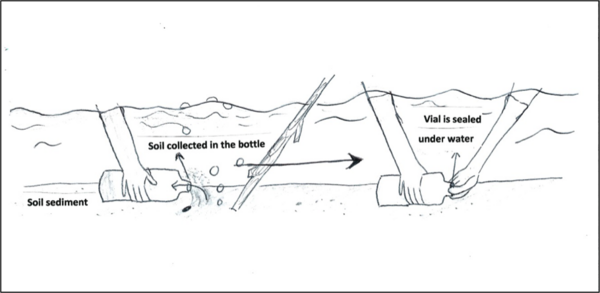Biowaste to Biofuel: Using Methane-Producing Microorganisms Found in Soil Samples from Local Wetlands
(1) Thomas Jefferson High School, Auburn, Washington, (2) Greenriver Community College, Auburn, Washington
https://doi.org/10.59720/15-014
In this study, we investigated whether methane- producing microorganisms are present in the soil samples obtained from local bogs and wetlands in the Puget Sound region of Washington state. Furthermore, we determined the temperature at which these methane- producing microorganisms can be used to produce methane, a biofuel, from kitchen and yard waste. Producing methane for making biofuel as renewable energy is better than sending kitchen and yard waste to landfills, which do not utilize or collect these wastes for energy production. We show that methane-producing microorganisms are indeed present in the soil samples we collected and that they remain active at both indoor (68 °F) and outdoor (36 to 70 °F) temperatures. A significant amount of methane was detected after 45–75 days of soil incubation with fed biowaste. Importantly, our work establishes the potential of using these methane-producing microorganisms for the production of biogas in colder climates of the Pacific NW and paves the way for the future research and design of a kitchen- scale biodigester for use in colder climates.
This article has been tagged with: